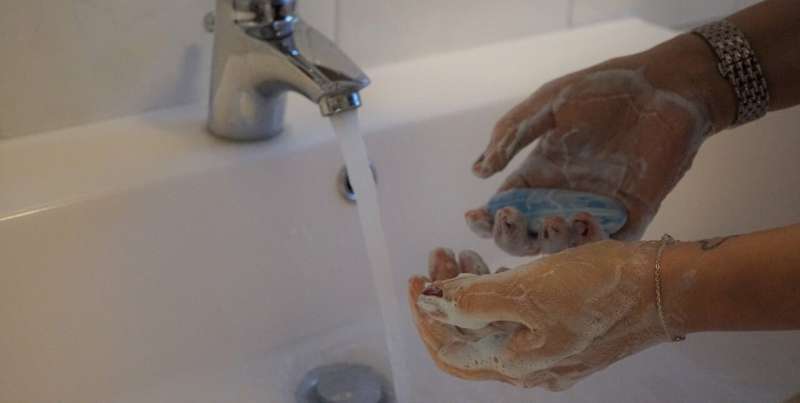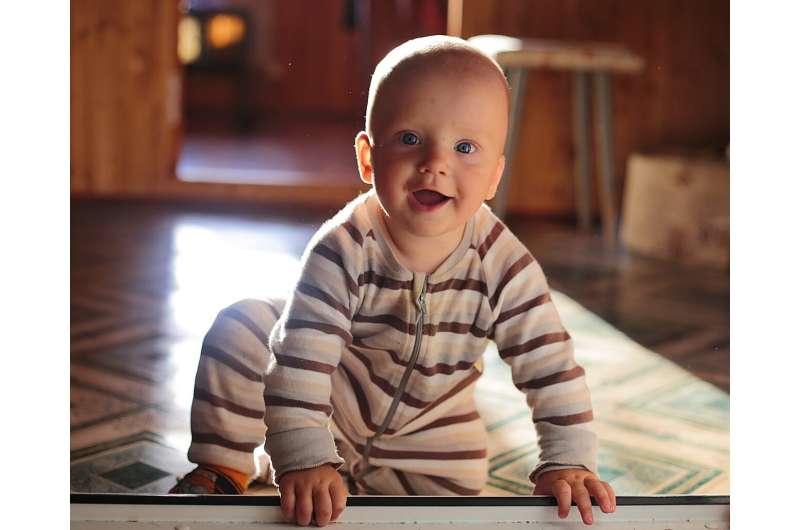Gene Variant Impairs Brain's Debris Clearance, Elevating Alzheimer's Risk

A recent study reveals how a gene variant disrupts microglia, impairing brain debris clearance and increasing Alzheimer's disease risk. Discover the latest genetic insights into neurodegeneration.
Researchers from the USF Health Byrd Alzheimer's Center and Research Institute have uncovered a significant link between a specific gene variant and the impaired removal of debris in the brain, which may increase the risk of developing Alzheimer's disease. The study focuses on microglia, specialized immune cells in the brain responsible for clearing harmful substances like proteins that accumulate in neurodegenerative conditions.
Microglia act much like Pac-Man in the brain, actively scavenging and digesting toxic proteins such as amyloid-beta and tau, which are hallmark features of Alzheimer's pathology. These cells continuously monitor the neural environment through projections, transforming into active forms to engulf debris when detected. In healthy brains, microglia efficiently maintain their cleanup role, but aging and disease can hamper their effectiveness.
The new research highlights how a variation in the PICALM gene affects microglial function. This gene plays a critical role in regulating the cellular mechanisms that degrade and dispose of waste. The identified risk allele reduces PICALM levels within microglia, leading to dysfunctional organelles involved in waste processing, such as lysosomes. This disruption results in the formation of lipid droplets that hinder the cells' ability to clear toxins, contributing to the buildup of harmful proteins.
The study, published in Nature, involved laboratory experiments on cultured human brain cells, revealing that about 30% of the population carry a protective variant of PICALM that supports effective debris clearance. Conversely, the risk allele impairing PICALM expression can cause microglia to become sluggish, swollen with lipids, and less capable of performing their cleanup functions. The findings emphasize that genetic factors critically influence susceptibility to Alzheimer's.
Understanding these genetic mechanisms opens pathways for developing targeted therapies aimed at enhancing microglial function and preventing debris accumulation in the brain. As Dr. Gopal Thinakaran explains, this research provides insights into how specific gene variants, such as PICALM, contribute to the disease process and may inform future treatments. The ongoing work aims to explore how these genetic risk factors can be mitigated or reversed to reduce Alzheimer's onset and progression.
Source: https://medicalxpress.com/news/2025-09-gene-variant-debris-brain-alzheimer.html
Stay Updated with Mia's Feed
Get the latest health & wellness insights delivered straight to your inbox.
Related Articles
Presence of Threadworm in the U.S. Indicates Revival of Forgotten Diseases
New research highlights the surprising resurgence of threadworm infections in South Carolina, indicating that neglected parasitic diseases are making a concerning comeback in the United States.
Parents Beware: Misleading Claims from Companies Banking Baby Teeth for Stem Cell Treatments
Parents are investing in tooth stem cell banking for their children's future, but companies' claims about treatment potential are unproven and misleading, raising concerns among experts about overhyped promises and lack of evidence.
Promising Preclinical Research Links Alzheimer's Drug to Potential Alcohol Addiction Treatment
Preclinical research indicates that tideglusib, an Alzheimer's drug, may be effective in reducing alcohol consumption, offering new hope for treating alcohol use disorder.



